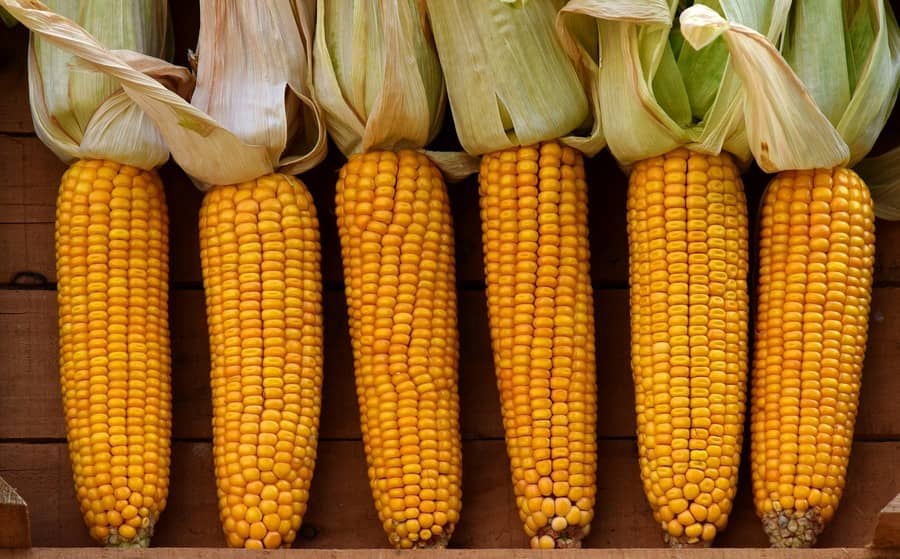The Brazilian domestic market continues to have a relatively stable price composition. Some attempts of regional recovery, even during the harvest period and with soybean prices falling. Some consumers are trying to extend their stocks a little during this summer harvest, to stock up on supplies until the arrival of the 2024 second crop, which will hit the market earlier this year, starting at the end of May and more distributed until September. Without exports or a price that allows good liquidity for businesses, the domestic market begins to focus on weak exports for 2024, without any new fact emerging to improve global interest in Brazilian corn. High US stocks and strong Argentine exports will limit the volumes to be exported by Brazil this year.
The line-up in Brazilian ports in February reflects a different international environment for 2024. Less than 800 thousand tons are scheduled for February, and practically no ships scheduled in Rio Grande to transport the local crop. In 2023, Rio Grande do Sul exported almost 600 thousand tons of corn, despite the heavy production losses. There was external demand for Brazilian corn in terms of volume. At this time, there is hope, due to the business already carried out, that some ships will be appointed for the remainder of February and March. However, the volumes to be exported now will be far lower than last year’s, either through Santa Catarina or Paraná.
So, if there is no export demand, the market must focus on domestic demand. Domestic consumers are absorbing the harvest volumes that are arriving in the south of the country, São Paulo, and, from this week, in Minas Gerais. The rest is basically corn from 2023 still being offered in the domestic market in the middle of February, which represents the Brazilian carryover stocks. In this environment, the first half of the year will continue with price formation, that is, greater dependence on internal events and less connection with port flow.
From now on, the profile of the second crop planting, which is well advanced in several locations, will be an important price determinant. Good planting, with the weather progressing well in March and April, will bring internal comfort to prices, not least because export prices for the second crop cannot exceed BRL 60 from July. With a smaller but regular second crop, the decline in exports will be bearish for domestic business. We cannot advance into the absurd production estimates for this year that are being published on the market, with below 120 mln tons for Brazil. This would only occur in case of weather-induced losses in the second crop, a situation that is far from being established. Such estimates will likely end up having a more negative than positive impact on domestic prices, given the cut in exports. Yes, because if there is a much smaller crop, the domestic market will have to cut off the possibility of exports. Perhaps, Brazil is not even able to ship 45 mln tons in 2024, down 10 mln from 2023.
For this situation to improve from the grower’s point of view, the market needs something new. A change in the US climate and/or huge production losses in the Brazilian crop. Two ingredients that are still possible but are only hypotheses. The market’s attention to the climate seems natural in a year of area cuts in Brazil and the United States. Even if this context does not create a supply problem, it can generate price volatility until these two crops are considered to be out of risk.

